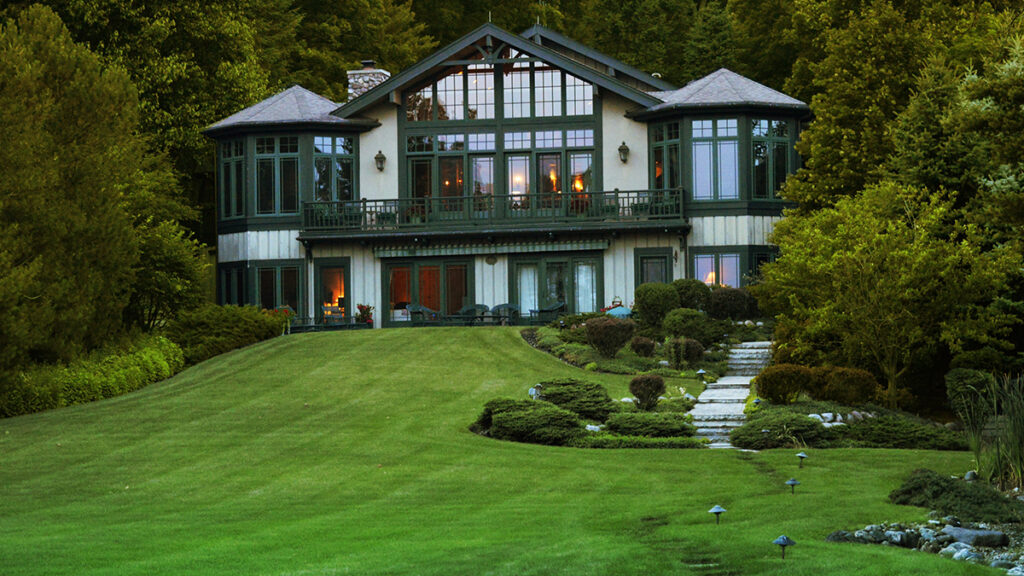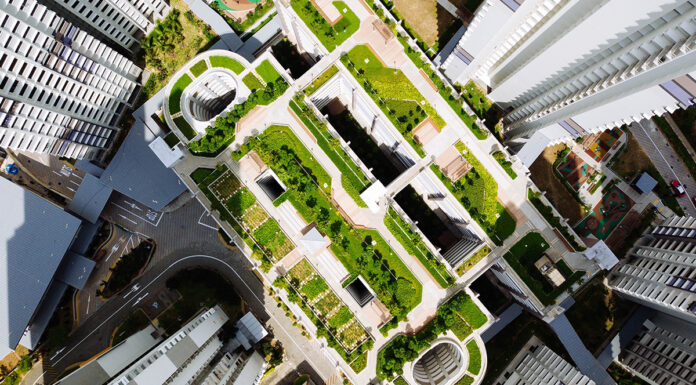
Within the world of green technology, passive houses have become a new trend which is gaining more attention. Whether creating a completely new house or retro-fitting an existing one, green technology is applied in this up-and-coming design movement.
What is a Passive House?
A passive house is one which offers the highest energy standards currently available and pledges to reduce energy consumption by up to 90%. A passive house is well-insulated, virtually air tight, heated by renewable resources, actively recovers wasted energy, and makes a push toward a carbon neutral existence.
Benefits of a Passive House
Passive houses are typically heated by passive solar gain, as well as internal heat coming from people, appliances, and other indoor activity. The incredibly tight insulation almost completely rids the home of any waste or heat loss from cracks, etc. Cooling is similarly minimized through shading, placement of windows, and ventilation for fresh air. This not only saves energy but provides excellent air quality when compared to a traditional house.
Another benefit of passive houses is the ability to control room temperatures separately from the rest of the house. This is beneficial, for instance, in keeping bedrooms as at lower temperature, which is considered to be more comfortable for sleeping. In addition, the noise in passive houses is lower because of the insulation.
Expense of Passive Houses
Although there are very few negative aspects of a passive house, there are a great many upfront costs. While such houses are typically meant to eventually “recoup” their original costs, there are many considerations to this. Triple glazed windows are highly efficient but also pricey. The amount of insulation cost is high as well, particularly in the realm of choosing sustainable resources for it. Sheep’s wool, hemp, and glass wool are some of the preferable renewable insulation products, but they can also run on the more expensive side. Eventually, however, the significantly reduced costs of energy should outweigh the front end costs of the passive house.
Other Passive Buildings
Although it is referred to as “Passive House”, the concept is not limited to only residential homes. Schools, office buildings, retail spaces, and more have been created from this concept of claiming passive energy. The bulk of such buildings have been in Europe, particularly in Germany, Switzerland, and Scandinavia where these green technology concepts have been developed.
While many people may not have the option of building a new home, it is possible to “future fit” an existing home with many of the qualities of a passive house. This likely will not yield quite the efficiency of a new build, but this is still an excellent way to move into a more sustainable life. As advances toward a zero carbon life press on, it seems that efforts toward passive houses will continue to develop in the United States, Europe, and all over the world.






